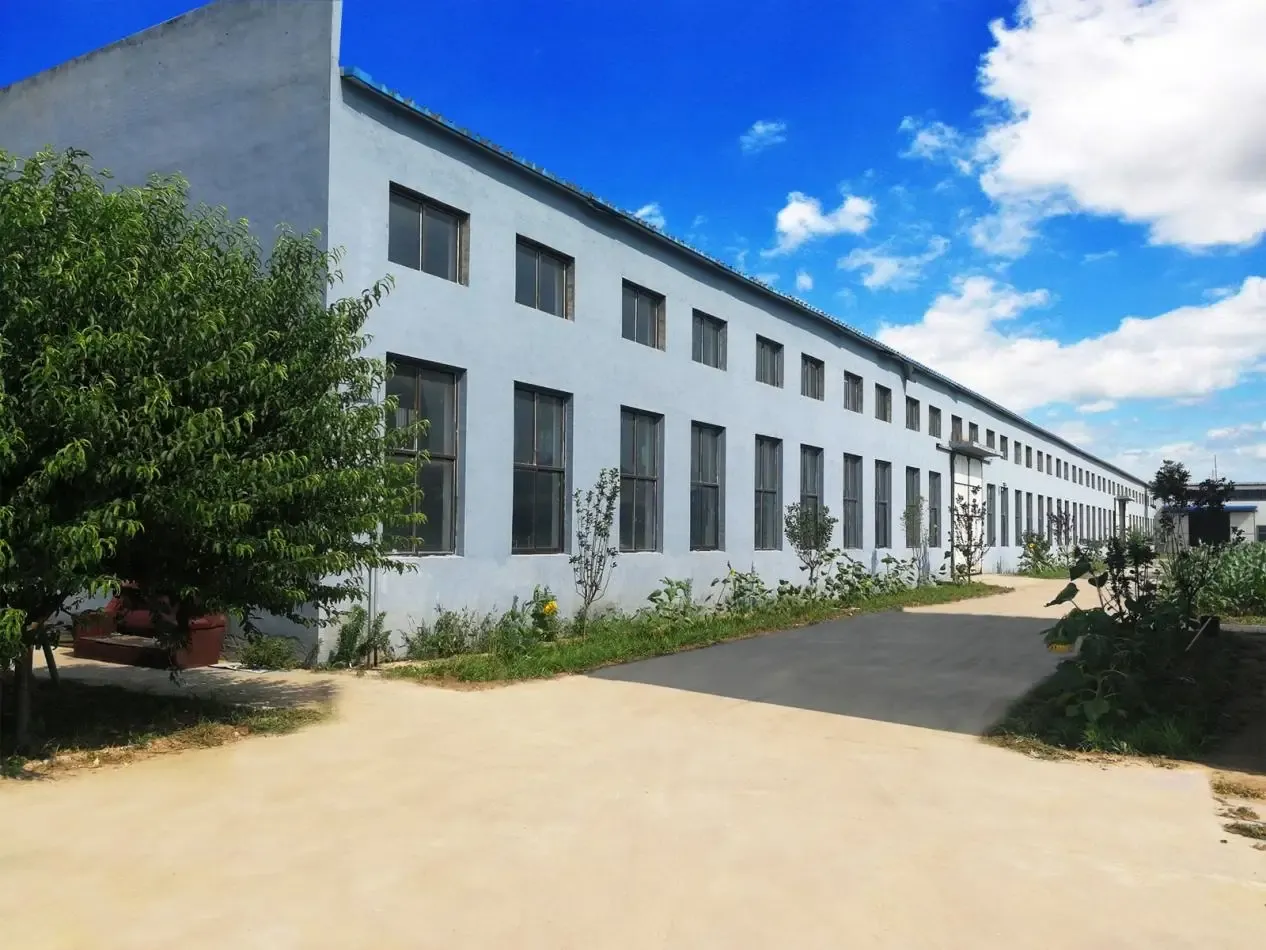ਨਵੰ. . 24, 2024 16:13 Back to list
Exploring the Process of Cable and Wire Manufacturing Techniques and Innovations
Understanding Cable and Wire Manufacturing A Comprehensive Overview
The manufacturing of cables and wires is a crucial aspect of modern industrial processes, playing a significant role in various sectors, including telecommunications, power distribution, and automotive industries. This article delves into the intricacies of cable and wire manufacturing, highlighting the production processes, materials used, and the importance of quality control.
The Manufacturing Process
The manufacturing of cables and wires involves several key stages, starting with the procurement of raw materials. The primary materials used in cable and wire production are copper and aluminum, known for their excellent conductive properties. Copper is favored for its superior conductivity and resistance to corrosion, while aluminum is lightweight and cost-effective, making it suitable for specific applications.
1. Wire Drawing The initial phase of wire manufacturing is wire drawing, where larger diameters of raw metal are drawn through a series of dies to achieve the desired thickness. This process increases the length of the wire while reducing its diameter, which is essential for creating wires of varying sizes.
2. Stranding After drawing, wires may undergo stranding, where multiple strands of wire are twisted together to form a single conductor. This method enhances flexibility and conductivity, making the wire more durable and suitable for various applications.
3. Insulation and Jacketing Once the wire is stranded, it requires insulation to prevent electrical leakage and ensure safety during usage. Common insulating materials include PVC (polyvinyl chloride), PE (polyethylene), and XLPE (cross-linked polyethylene). The choice of insulation depends on the wire's end-use, environmental conditions, and required electrical properties. After insulation, a protective jacket may be added for further durability and protection against environmental factors.
4. Testing and Quality Control Quality control is a critical component of the manufacturing process. Cables and wires must meet stringent industry standards to ensure safety and reliability. Rigorous testing includes electrical conductivity, insulation resistance, tensile strength, and temperature ratings. Manufacturers often employ advanced testing technologies to ensure that their products are of the highest quality.
Types of Cables and Wires
cable wire manufacture

There are several types of cables and wires, each designed for specific purposes
- Power Cables These are used for the transmission of electrical energy. They come in various forms, such as underground cables, overhead cables, and armored cables, depending on the installation environment. - Communication Cables Used in telecommunication systems, these cables include coaxial cables, fiber optic cables, and twisted pair cables, which transmit data over long distances with minimal interference.
- Control and Instrumentation Cables These cables are essential for connecting instruments and control devices in manufacturing and industrial applications, ensuring precise monitoring and control of processes.
- Automotive Wires Specifically designed for automotive applications, these wires must withstand extreme conditions, including heat, moisture, and vibration.
The Importance of Innovation
The wire and cable manufacturing industry is continuously evolving, driven by advancements in technology and the increasing demand for more efficient and sustainable products. Innovations in materials, such as the development of high-performance polymers and superconductor materials, are paving the way for the next generation of cables. Furthermore, the integration of smart technologies allows for the creation of cables that can monitor their own performance, contributing to proactive maintenance and improved safety.
Conclusion
Cable and wire manufacturing is a vital industry that supports the infrastructure of our modern world. From providing electricity to enabling communication, the products of this industry are indispensable. As technology advances and the demand for energy-efficient and high-performance products grows, the cable and wire manufacturing sector will continue to adapt and innovate, ensuring that it meets the needs of the future. The ongoing commitment to quality and safety will remain paramount, underpinning the trusted performance of cables and wires in myriad applications.
Share